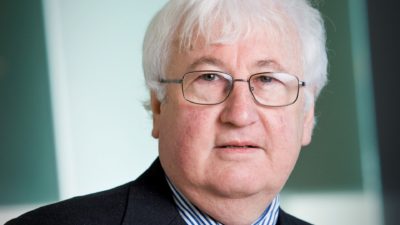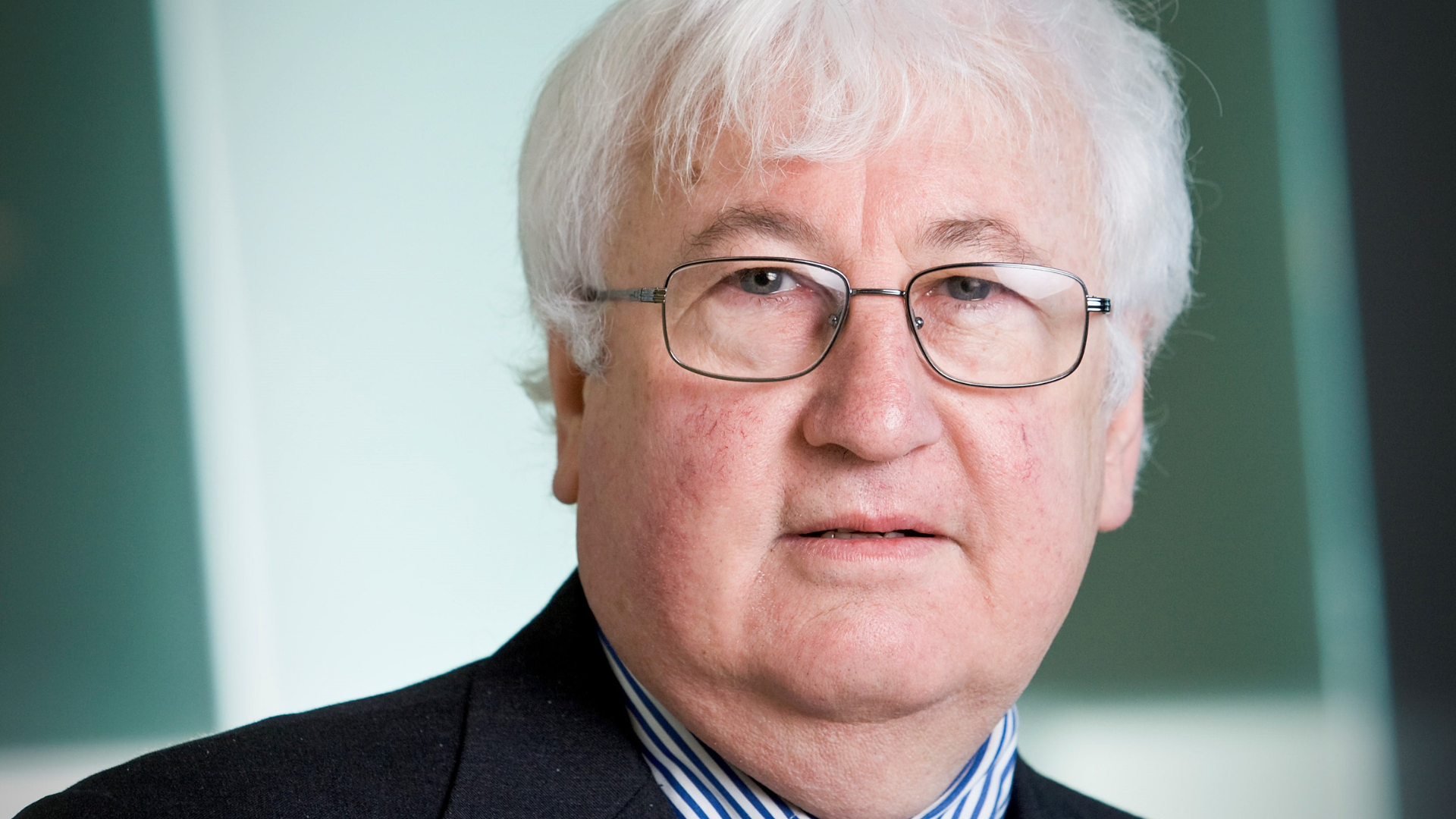How to ride the wave in US infrastructure
Liquid US infrastructure investing, which began its resurgence long before Donald Trump became President, is now being upgraded in proposed asset allocations for ‘foreign’, such as Australian, institutional investors. This is the latest research Eaton Vance Investment Managers has produced specifically for Australian investors which shows where US municipal bonds (muni bonds) can fit into a typical portfolio to deliver unique characteristics and, therefore, push the portfolio up its ‘efficient frontier’ of risk and return.
The important thing for Australian investors to consider is that the bonds issued by municipalities and states in the US are mostly – about 90 per cent – to fund infrastructure projects. And with the new Trump administration, whether or not its aims get watered down by Congress, infrastructure has become an even-more important theme.
The Eaton Vance paper recommends an allocation of up to 15 per cent of the fixed income portfolio for super funds which have no other infrastructure exposure or 10 per cent of the fixed income portfolio for those that do have specific listed or unlisted infrastructure investments.
The paper provides a portfolio construction analysis for how an Australian fund can, theoretically at least, deliver the optimum total-fund risk/return outcome from investing in US muni bonds.
According to Duncan Hodnett, the director of institutional business for Australia at Eaton Vance, given the pre-and-post election statements by Donald Trump, there is likely to be a lot of expenditure – and therefore opportunities – with US infrastructure.
“Trump has said he’d be spending [US] $1 trillion on infrastructure projects, which puts the whole liquid infrastructure sector in a different light,” Hodnett says. “There will be different ways to finance this but we think a large part will go into the muni bond market, given the success of BABs [Build America Bonds].”
The muni bonds market, according to the Eaton Vance research, is now large enough to justify super funds making specific allocations to the sub-asset class as both a diversifier and added-alpha investments. The non-US investable (taxable) part of the strategy totals about US$470 billion, of which US$180 billion is in BABs, a new investment security introduced in 2009 as part of the global financial crisis recovery program. For US investors in muni bonds there is a generally lower yield because of the fact that investors are given a tax advantage. Non-US investors, who don’t get that advantage, receive a higher yield.
Hodnett points out that, given Australian investors’ predilection for infrastructure investments, the resurgence in muni bonds provides a great opportunity to get set in an asset class that many of them understand. As has been well publicised in recent years, US infrastructure is long overdue for a big upgrade and muni bonds will be a big part of the upgrade, he says.









